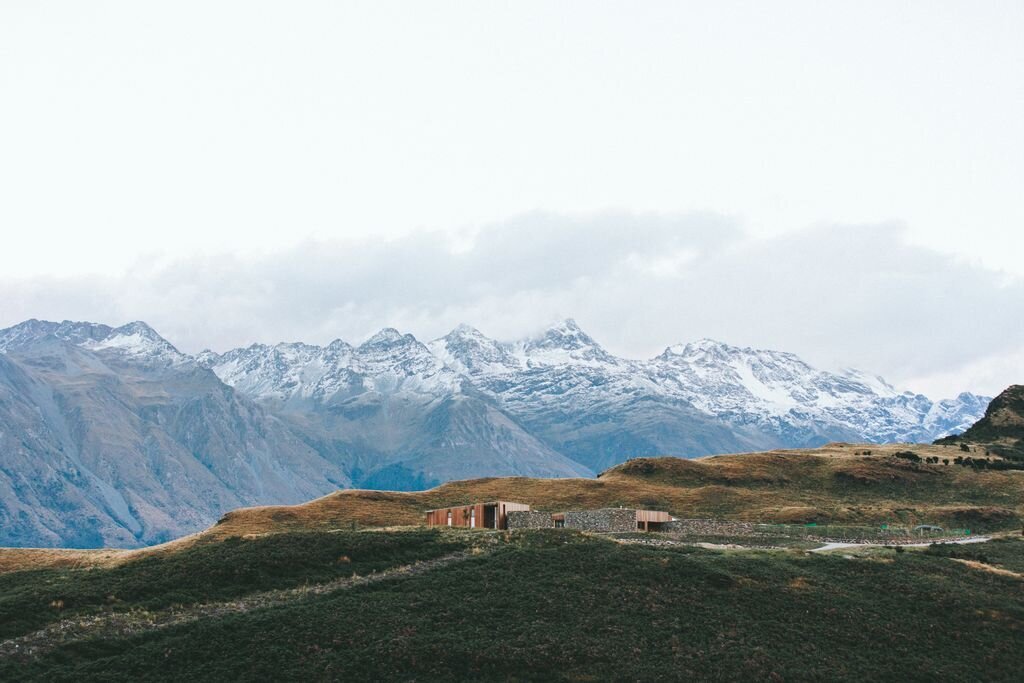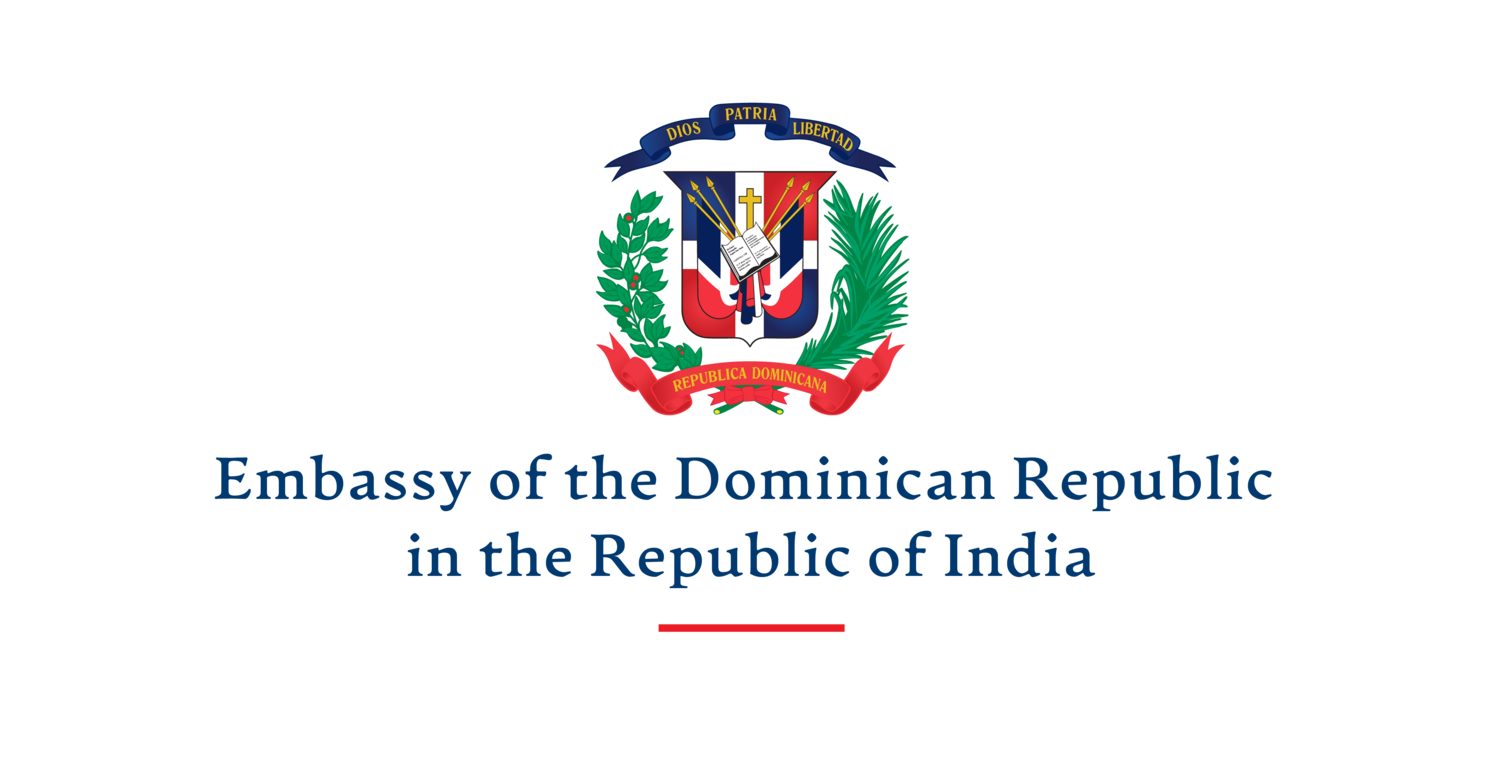HAND-PAINTED SIGNS
FROM INDIA AND THE
DOMINICAN REPUBLIC
PHOTOGRAPHS BY ARADHANA SETH & MAURICE SÁNCHEZ
INDIA HABITAT CENTRE NEW DELHI
-
5TH APRIL TO 5TH MAY 2023
INDIA HABITAT CENTRE NEW DELHI - 5TH APRIL TO 5TH MAY 2023
EXHIBITION
STATEMENT
Text by Rahul Srivastava and Matias Echanove
EXHIBITION
STATEMENT
Text by Rahul Srivastava and Matias Echanove
The Embassy of the Dominican Republic in India invited artists Aradhana Seth and Maurice Sánchez to present work from their archives which documents the world of hand-painted signs from India and the Dominican Republic.
Such signs have been an intrinsic part - and are a vanishing presence - in streetscapes in many cities across continents. They represent a world of neighbourhood life in which goods from elsewhere are stamped by a local identity, global class aspirations are domesticated by local artists, and colour comes to a street that may be struggling with basic infrastructure.
Handmade street art tells us stories about the people who live in those neighbourhoods – who they are, how they see their cultural identities and what they desire. Aesthetically, they range from representative to stylised art, caricatures and imitations of mainstream commercial expressions. The pool of talent which generates them could be self-taught, or formally schooled, or even part of a local guild of painters complete with a master and network of apprentices.
Restaurants, shops and workspaces are draped by an imaginary in bright colours and fun, provocations and piousness. A religious icon, a national flag, a dish of temptation, a body that beckons and seduces, a simple name of a shop that is stylized to become larger than life, even an overstated ambition – these street signs cover the entire gamut of everyday life.
For Sánchez and Seth, they are part of a larger family of artistic expression that needs to be chronicled because they are produced by fellow artists with whom they share a similar sentiment: that of observing everyday life and expressing it to a local audience. They represent a direct relationship with the world of commerce, lightly draping the commodity in the costume of a gift – but more transparently than ‘fine art’. They are striking because they are simple in sentiment, direct in intention and as comforting as a childhood memory – because in some way or the other they have become part of our collective consciousness.
The fact that a street from a city in the Dominican Republic and India can flow into each other through these signs says something about how countries with such contrasting histories and geographies can have so much in common. Basically, urban worlds and their people who share a certain kind of collective dream. These dreams exist today as a repository of images that continue to inspire. Their flow may have been ruptured by the world of digitization and electronic reproduction – but they still emerge in our memories as part of a past that refuses to fade away. This exhibition is not just an attempt to document their ephemeral existence, but a timely stimulation. By ensuring they remain firmly embedded there, the archiving artists are mischievously incepting our imaginations and reminding us of the larger universe in which all artists and their art live in.










